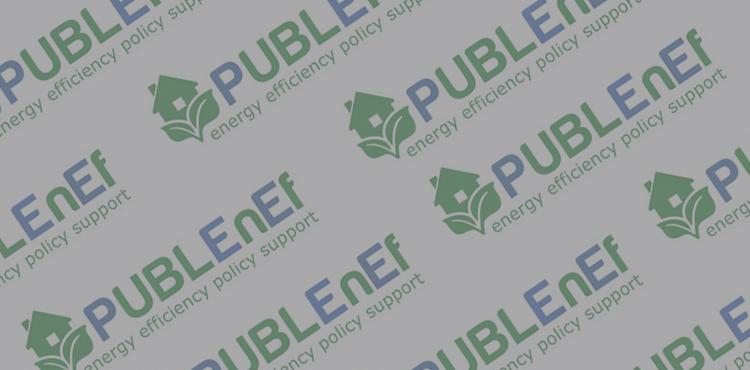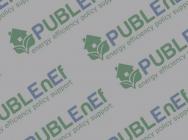
The long-term roadmap for development of the Bulgarian renovation programme for residential buildings. Following the implementation of the programme’s first phase, the analysis argues for a shift in focus towards achieving higher energy classes, reduction of public subsidy in a measured and manageable manner. Several scenarios to 2030 were modelled and reducing subsidies to around 75% is possible. The funding could reach more citizens, improving their homes and quality of life. In order to facilitate increased financial contributions from homeowners need to be developed simple and attractive financing mechanisms, accompanied by other measures: awareness-raising campaigns, building capacity, simplified procedures and measures.
In order to explore various policy options, a team of experts made use of the well-established Invert/EE-Lab model of the Vienna University of Technology. This was supported by further analysis and presentations of results on the characteristics of the building stock. With all this information, expertise and technical background, it was possible to simulate the effects of different economic scenarios, both to 2020 and to 2030. The variables that were modelled are: Future Energy Prices, Renovation levels, Subsidy Levels, Other factors (collectively, “Soft Measures”), Co-Benefits. Internal Temperature.
Based on numerous combinations of the exploited variables, 14 scenarios for renovation covering all types of residential building (individual houses and apartment blocks) were compiled and analysed.
In order to explore various policy options, a team of experts made use of the well-established Invert/EE-Lab model of the Vienna University of Technology. This was supported by further analysis and presentations of results on the characteristics of the building stock. With all this information, expertise and technical background, it was possible to simulate the effects of different economic scenarios, both to 2020 and to 2030. The variables that were modelled are: Future Energy Prices, Renovation levels, Subsidy Levels, Other factors (collectively, “Soft Measures”), Co-Benefits. Internal Temperature. These scenarios can be used by policy makers to for planning the future activities.
• insufficient information on energy technology (art. 17)
• insufficient information on financial tools (art. 17)
• absence of other tools supporting energy efficiency measures development (art. 17)
• absence of support organisations in your territory addressing energy efficiency matters (art. 17)
• support organisations have unsufficient competency and knowledge (art. 17)
• innovative financing mechanisms aren't used (art. 20)
• lack of knowledge regarding existing financial tools (art. 20)



